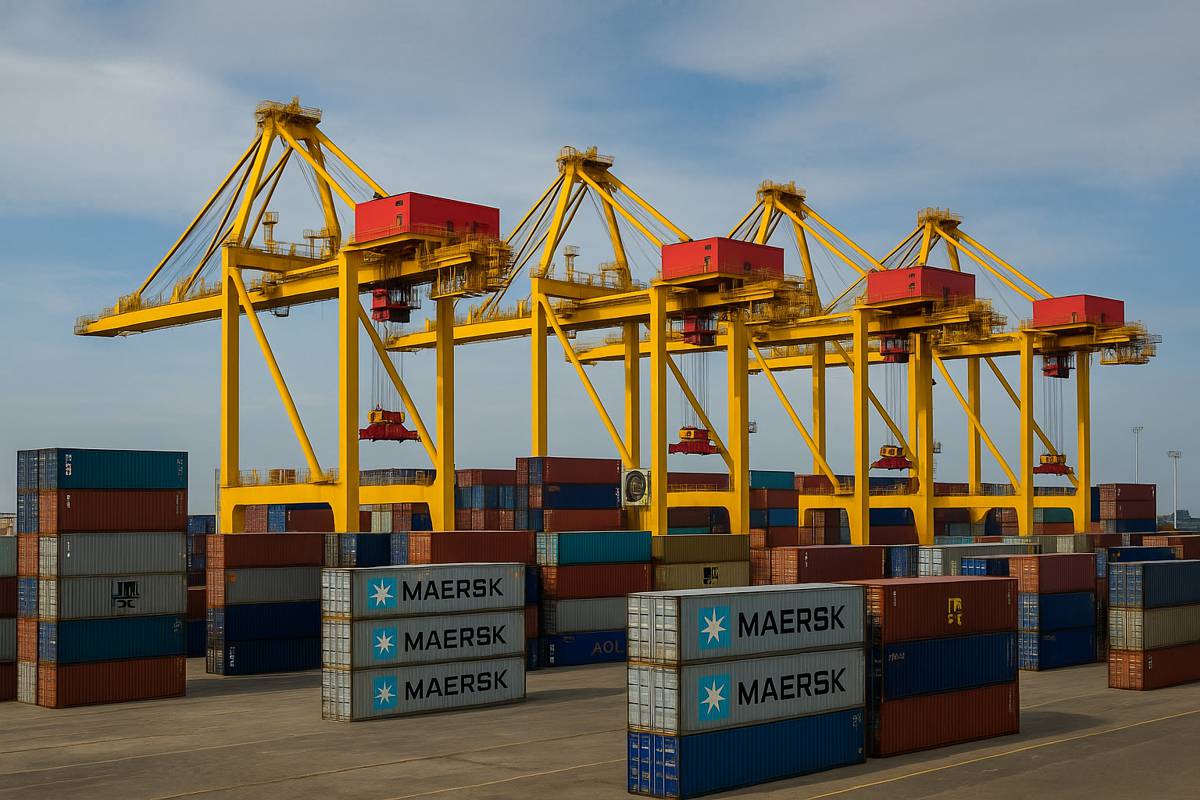East Asian Mapping Project Illuminates 280 Million Buildings
In an era where urban management and planning are becoming increasingly crucial, a ground-breaking project has emerged to illuminate the urban landscape of East Asia.
Researchers have developed an unprecedented dataset that maps 280 million buildings across the region, addressing significant gaps in existing data.
The Need for Accurate Building Data
Accurate and comprehensive building data is the bedrock of effective urban management and planning. However, existing datasets from sources like Microsoft and OpenStreetMap often fall short in East Asia, plagued by incomplete and inaccurate information. The intricate distribution of buildings and a dearth of auxiliary data exacerbate the challenge of extracting reliable building footprints in this region. Recognising these challenges, researchers set out to develop a more detailed and accurate dataset to support urban analysis and planning.
A Revolutionary Framework for Building Extraction
Researchers from Sun Yat-sen University, in collaboration with international experts, have published their findings in the Journal of Remote Sensing on May 9, 2024 (DOI: 10.34133/remotesensing.0138).
Their study introduces a novel framework for building extraction using very high-resolution (VHR) images, marking a significant advancement in urban data acquisition.
The newly developed Comprehensive Large-Scale Building Mapping (CLSM) framework addresses the limitations of existing building datasets in East Asia. This innovative framework employs several cutting-edge strategies:
- Region-based Adaptive Fine-Tuning: Enhances the model’s generalisation capabilities, ensuring consistent high-quality results across diverse regions.
- Stable Boundary Optimization: Improves the accuracy of building boundary extraction.
- Model Distillation Technique: Increases computational efficiency, making the process more effective.
Impressive Results Across Five Countries
Utilising high-resolution Google Earth images, the researchers extracted building footprints across five East Asian countries. The result is a dataset comprising over 280 million buildings across 2,897 cities, boasting an impressive overall accuracy of 89.63% and an F1 score of 82.55%.
The CLSM framework adeptly handles the complex layouts and diverse appearances typical of East Asian urban environments. Its boundary enhancement and regularisation modules significantly improve the accuracy of building boundary extraction, while the model distillation technique boosts computational efficiency.
A Leap in Urban Data Quality
Compared to existing datasets, this new dataset offers unparalleled quality and completeness. It promises to be an invaluable resource for urban planning, energy management, and related research fields.
The superior data quality enables more precise urban analysis and sustainable development planning, supporting a wide range of applications.
Expert Insights and Future Implications
Dr. Jiajun Zhu, a lead researcher in the study, highlighted the significance of their work: “Our comprehensive mapping framework addresses the critical need for accurate and complete building data in East Asia. This dataset not only enhances urban planning and management but also supports a wide range of research applications. The high accuracy and detailed representation of building footprints offer new opportunities for urban analysis and sustainable development.”
The implications of this research are profound. The availability of such a detailed and accurate dataset promises to revolutionise urban planning and management in East Asia. It supports urban analysis, energy modelling, and sustainable city planning, providing a foundation for future studies and development strategies in one of the world’s most populous and rapidly urbanising regions.
A Milestone in Urban Data Acquisition
The unveiling of this comprehensive building mapping project marks a significant milestone in urban data acquisition. By providing a detailed and accurate dataset of 280 million buildings across East Asia, the project addresses longstanding gaps in urban management and planning data.
This innovative framework not only enhances the precision of urban analysis but also supports a broader range of applications, from energy management to sustainable development.
As East Asia continues to urbanise at an unprecedented rate, the insights gained from this dataset will be invaluable in shaping the future of its cities.




















